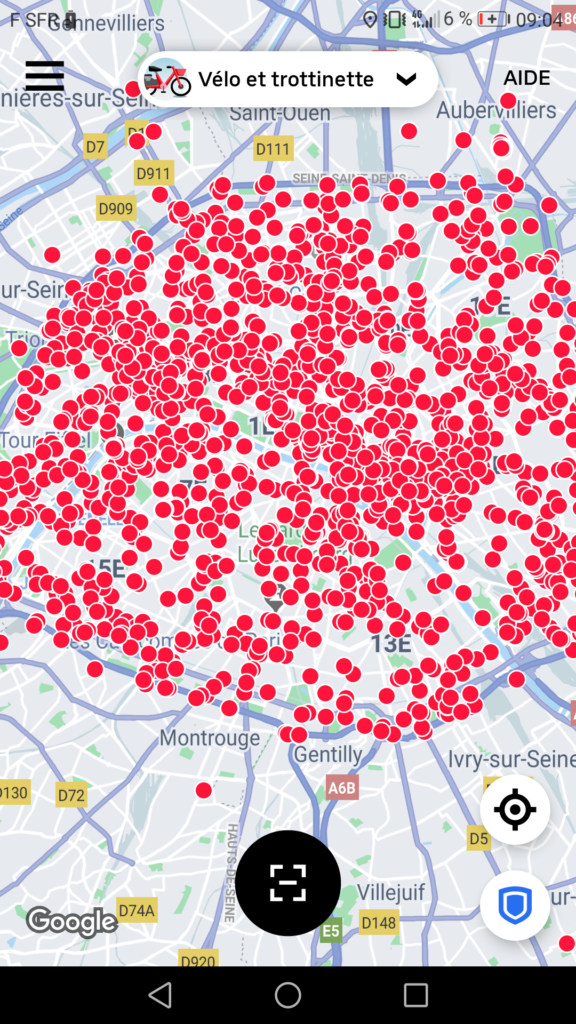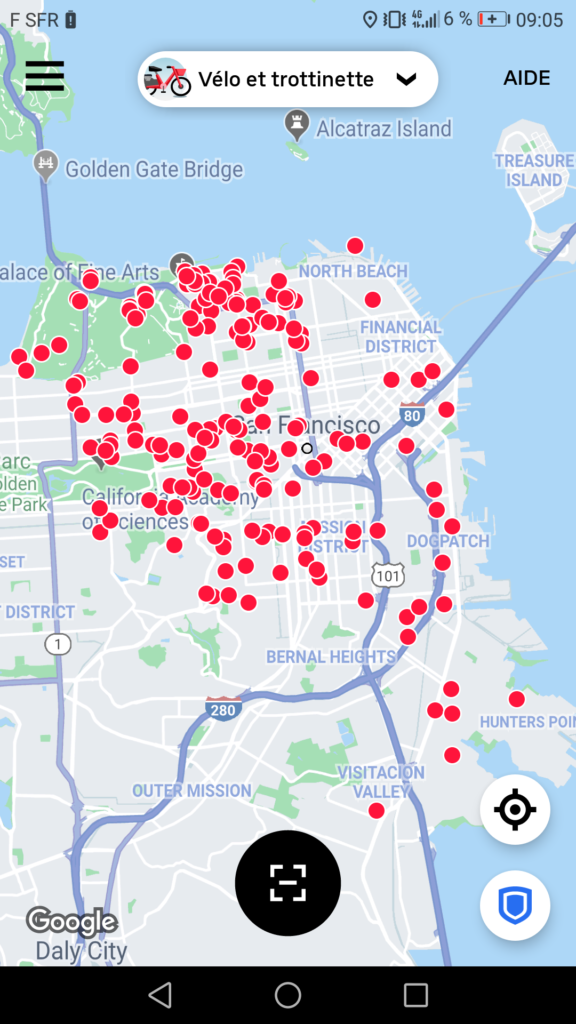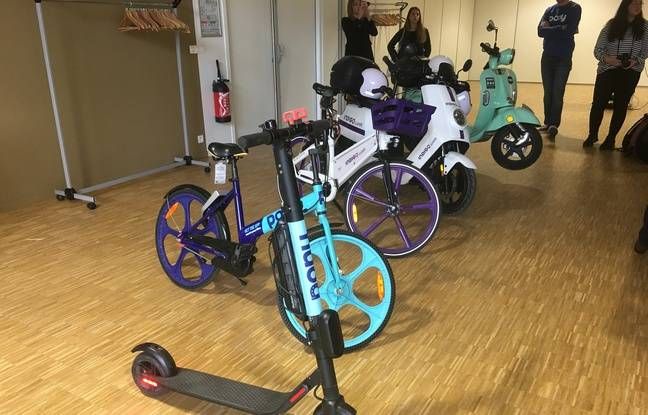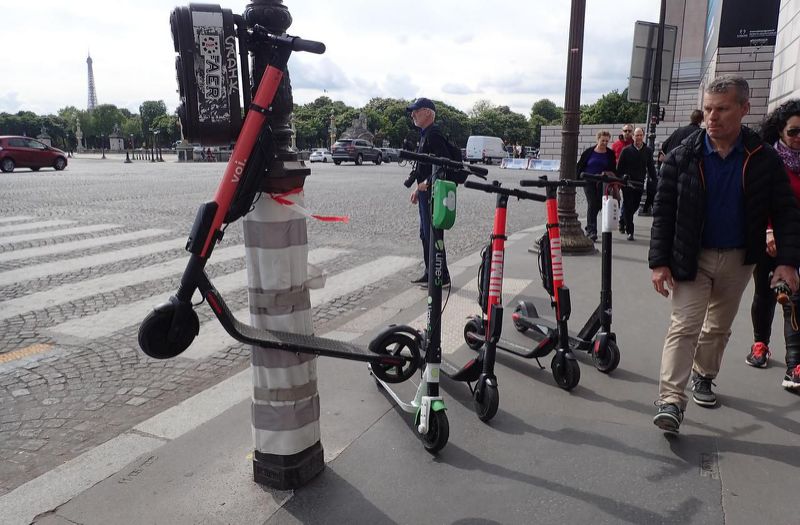Business, General
About fleet caps.
29 May, 2019
Most articles relating the city opening to free-floating mobility services are raising fleet caps as a must, or a natural rule, in order to control the wild packs of scooter and bicycles. What are the consequences?
Cities are most of the time providing licenses to operate with a regular fleet cap. The most recent examples I went through are Bordeaux, France, and Chicago, USA. The first has set a cap at 600 bikes or 100 scooters… but is waiting for 19 (!!) operators to hit its streets. The second launched an e-scooter pilot capped at 3500 units, the competitors pool being logically smaller.
You get order, but not only that…
Fleet caps are often seen as a major solution by authorities in order to regulate and control the micromobility services in their streets. For sure, it allows citizens to get used to the vehicle’s presence and adopt it, as it helps to control bad parking behaviour and public space disorder, the major criticism against freefloating services.
Simply written: fewer vehicles means less disorder. But in return: fewer vehicles mean worse service. Having 500 e-bikes (JUMP) in San Francisco doesn’t allow a good density on the area, and will, therefore, deter potential users from riding !

Jump bikes in Paris… 
… vs Jump bikes in San Francisco
Business impacts
Such rules have a direct impact on business. Big companies such as Lime, Bird, will think twice before launching in a new city with only 300 e-scooters. Operational costs will be way too high in front of the benefits.
On the other hand, it is giving place to local players: in Bordeaux, Pony will launch its third network, while Snap.express will operate its first fleet. A good way to promote local start-ups and innovation!

In Madrid, the city chose a strange cap policy. The global 10000 scooters cap has been divided between the 22 districts, and each operator could apply for a permit in those districts. Consequently, operators have to respect specific caps for each district every morning. A headache for big operators, but it allowed small ones to test their services in a few districts only.
To cap or not to cap…
For authorities using fleet caps, it is important to remain flexible. KPIs have to be monitored in order to allow or not a fleet size evolution (+ or -), such as rides/vehicle/day (can translate a lack or oversupply), and other measuring the compliance with city requirement for parking (number of bad parking cases), safety (implementing in-app or hardware features) or maintenance (removal or repair time).
Some cities, such as Paris, France, chose not to introduce fleet caps. An estimated 15000 e-scooters are currently available, and the municipality forecasts 40 000 available vehicles by the end of 2019! But compared to the fleet of 20 000 Vélib’, the public bike-share system, it is not nonsense. Anyway, the density of e-scooters in the streets of Paris already feeds numerous articles daily. Doubling it might require a reaction (cap?) from the city – especially less than a year before the local elections.

The only question might be: would the market regulate itself? One might imagine that a free market would allow operators selection, and for them to reach the perfect fleet size. Other would say that it needs regulation to reach it faster (or healthier). I am closer to the second opinion: we should focus more on answering real mobility needs instead of following business rules.